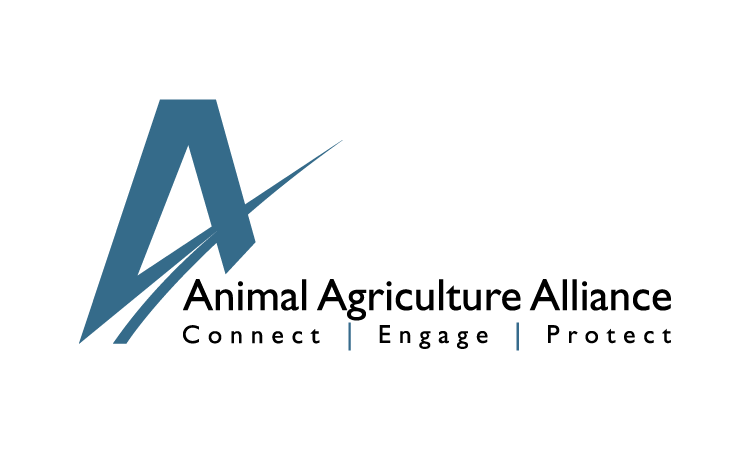Since finishing my internship with the Animal Agriculture Alliance, I’ve had time to visit my brother at college, see both sides of my family, halter break some calves, and reflect on my experience in D.C. Working with the Alliance helped provide me with an interesting perspective.
On one hand, I was connected to my family’s farm and agriculture in general through the nature of my internship. On the other hand, living with the hustle and bustle of D.C. places you far away from the farms that produce your food. However, the D.C. social life, at least for my age group, is dominated by food. We meet for lunch, coffee, drinks, appetizers at a bar, and the list goes on. For a huge group of people, farms are always at least a D.C.’s worth of distance away from their forks. Now this isn’t exactly a groundbreaking observation, but I never really stopped to think about what this means for animal agriculture as an industry until working with the Alliance. I noticed three effects in particular that caught my interest.
People Want Information
Most restaurants I went to engaged in some fashion of advertising the origin of their products. Local beef, Boars Head meats, all eggs from insert-farm-name-here, etc. adorned signs in business after business. People generally want to make smart choices; they want to eat food they know is healthy and humanely raised, so they seek out certain products that they think will benefit them in these regards. This should be wonderful news for the animal agriculture crowd, because we aspire to produce just that kind of food. And for many of the farms with their names listed in D.C. restaurants, I’d say this consumer demand for information is working out rather well. However, people don’t always have correct or complete information.
People Don’t Always Have Good Information
Although consumers want to make the most informed decision concerning food purchases, they are often bombarded with statements that mislead. The amount of people who think a “No Hormones Added” label to chicken means anything at all – no chicken sold in the U.S. has added hormones – is astounding. It can be difficult for consumers to wade through all the disinformation and misinformation surrounding food so that they can make the best decision possible.
Long Live Price and Taste
Regardless of how somebody purchases food based on the first two observations, price and taste remain the most significant factors in determining food choices. Once again, those engaged in animal agriculture should be overjoyed, because we do aspire to produce flavorful and reasonably priced products.
The animal agriculture industry today has the opportunity to continue bridging the gap between farm and fork. Consumers will continue to have questions about our food supply; farmers and industry leaders need to ensure they are present to answer the questions.
All posts are the opinion of the author and do not necessarily represent the view of the Animal Ag Alliance.







